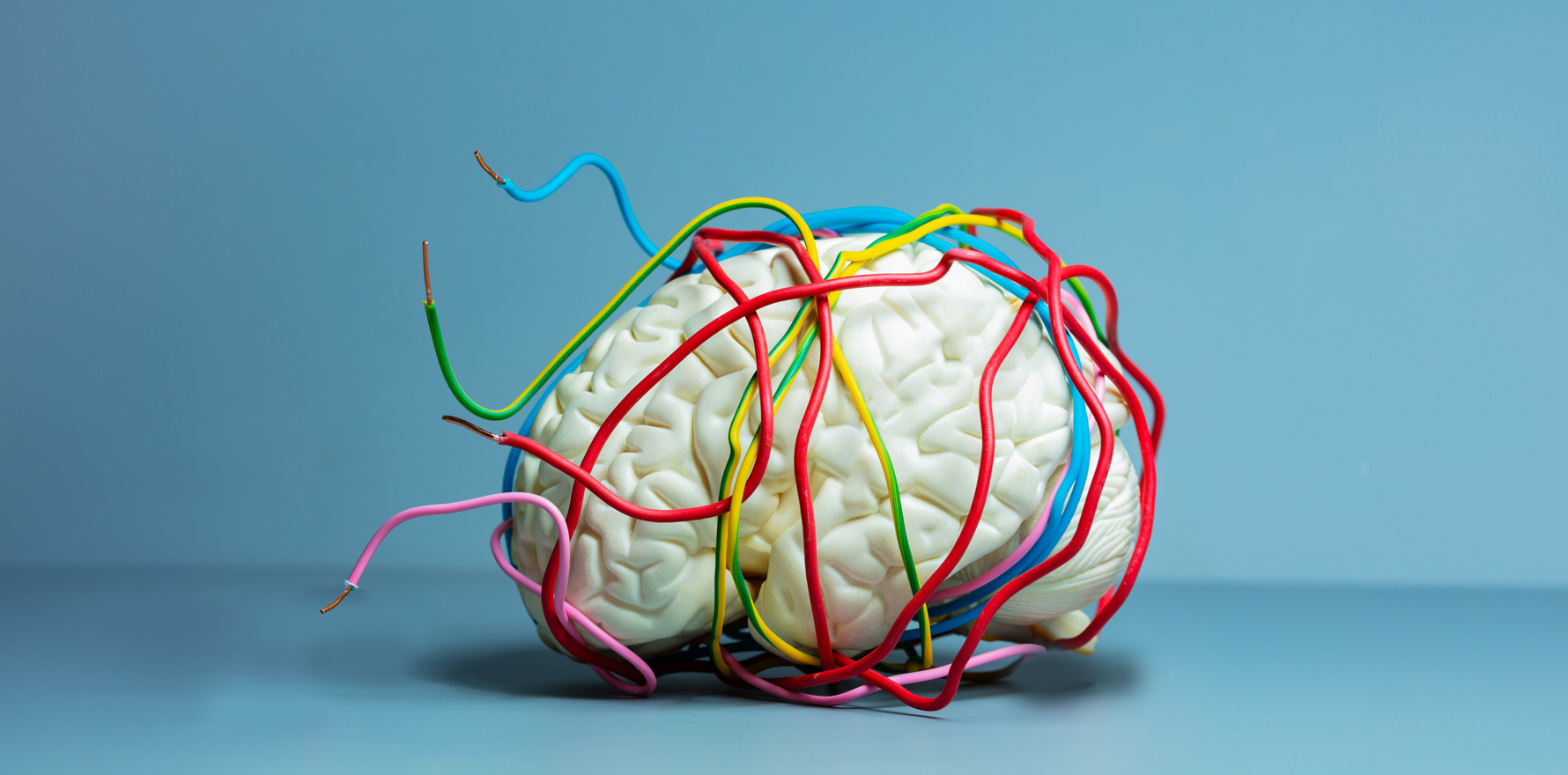A new RCT with neuroimaging shows why cognitive behavioural therapy helps in fibromyalgia.
Researchers have reported that cognitive behavioural therapy targeting pain catastrophising mediates a reduction in the impact of pain and other symptoms in patients with fibromyalgia.
The study, conducted at Brigham and Women’s Hospital and published in Arthritis & Rheumatology, also included neuroimaging tests to investigate changing neural circuitry in pain-related brain regions and networks to determine how CBT exerts its effects.
“We know that psychosocial factors are linked significantly to biopsychosocial fibromyalgia pathophysiology, and we also have good evidence that CBT is a beneficial management strategy in patients with fibromyalgia,” Melbourne rheumatologist Dr Emma Guymer told The Medical Republic.
“This trial adds significantly to our knowledge of fibromyalgia pathophysiology and management,” said Dr Guymer, who has a special interest in fibromyalgia.
“Not only does it reinforce the benefits of CBT in fibromyalgia management, but helps us understand how this may be partially mediated through reduction in pain catastrophising and elucidates some of the associated central changes.”
The study included 98 female participants with health-provider confirmed fibromyalgia diagnosis for at least six months and a baseline pain intensity of at least 4/10 on average. They were randomised to receive eight weeks of CBT (64 patients) or eight weeks of fibromyalgia and chronic pain education (34 patients).
The CBT was based on a pain self-management paradigm, where patients learned to identify and evaluate negative thoughts and use techniques such as relaxation, visual imagery, thought challenging and distraction to reduce pain-related distress.
The primary outcome was the pain interference subscale of the Brief Pain Inventory (BPI), and secondary outcomes were BPI pain severity, the Fibromyalgia Impact Questionnaire-Revised (FIQ-R) and the Pain Catastrophizing Scale. Patients also had functional MRI scans to assess brain response during catastrophising.
BPI pain interference scores were significantly reduced from baseline to post-treatment in the CBT group (a difference of -1.3 on a 10-point scale), but not the educational control.
FIQ-R and BPI pain severity were also reduced in the CBT group, with a FIQ-R difference of -8.1 (on a 100-point scale) and pain severity difference of -0.6 (on a 10-point scale).
Pain catastrophising was significantly reduced in both groups from baseline to post-treatment (-8.7 for the CBT group and -4.6 in the control group on a 52-point scale). The difference in the CBT group was in turn significantly greater than that of the educational control group.
Neuroimaging confirmed earlier research showing significant signal increase during pain catastrophising in the ventral posterior cingulate cortex (vPCC).
“In addition, during pain catastrophizing blocks, there was significant positive vPCC connectivity with the supplementary motor area (part of the somatomotor network) and key salience network hubs (anterior insula and anterior mid-cingulate cortices),” wrote the authors.
After CBT, however, the connectivity with the somatomotor and salience network regions was reduced, which the authors said may reflect CBT-induced shifts in somatic self-awareness.
“Collectively, these results support the effectiveness of CBT in reducing catastrophizing, improving pain interference, and adaptively altering connectivity between specific elements of the default mode, salience, and somatomotor networks during the experience of catastrophizing about pain,” wrote the authors.
Noting that reductions in catastrophising were linked with pain-related improvements following CBT, the authors suggested that catastrophising mediates the changes. As such, it’s an important target for psychological therapies such as CBT, psychotherapy and mindfulness-based interventions, especially for those patients with high levels of catastrophising.
Limitations of the study include the all-female cohort and a higher level of baseline severity found in the CBT group relative to the controls, which may have contributed to the differences. Nor can they say with any certainty which CBT skills were most useful.
“These findings contribute to a growing literature highlighting the benefits of non-pharmacologic treatments – including CBT – for chronic pain conditions such as fibromyalgia,” co-first author Dr Jeungchan Lee, a biomedical engineer at Spaulding Rehabilitation Hospital and Harvard Medical School, said in a press release.
“Identifying the multiple biopsychosocial mechanisms by which these treatments help to alleviate pain may help to facilitate the practice of precision pain medicine and improve treatment outcomes for the many patients suffering from chronic pain,” said Dr Lee.


